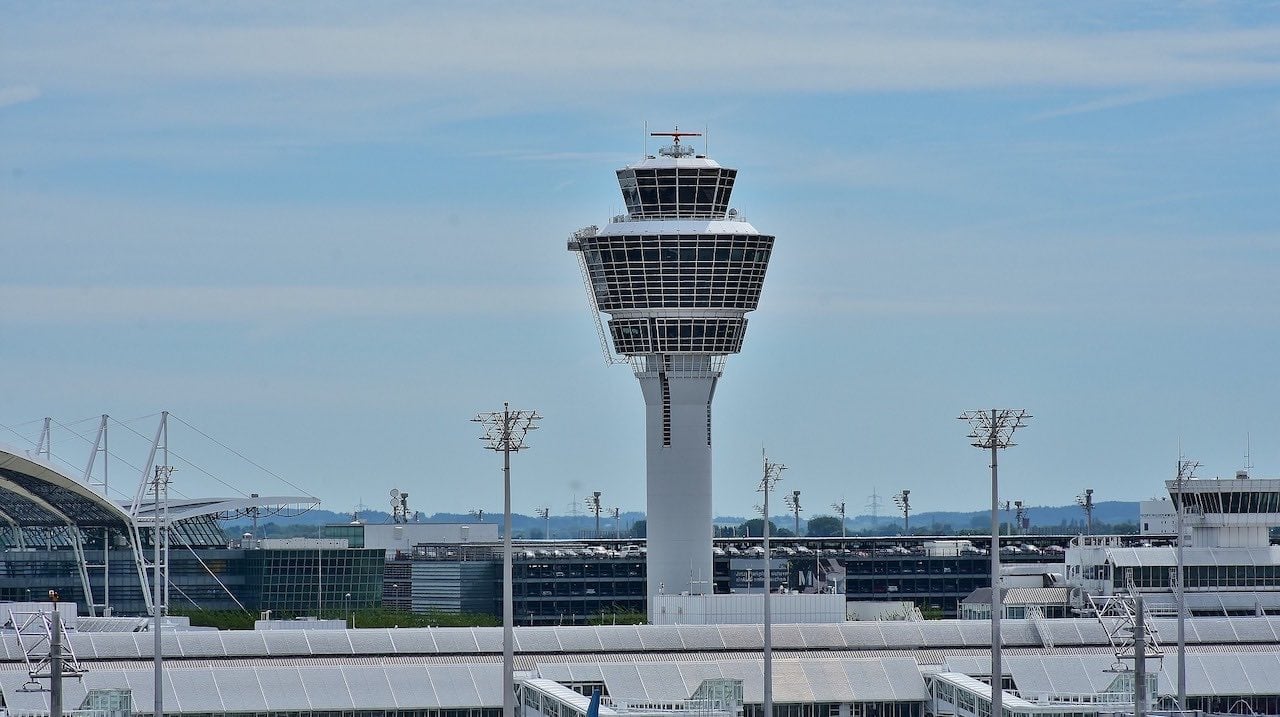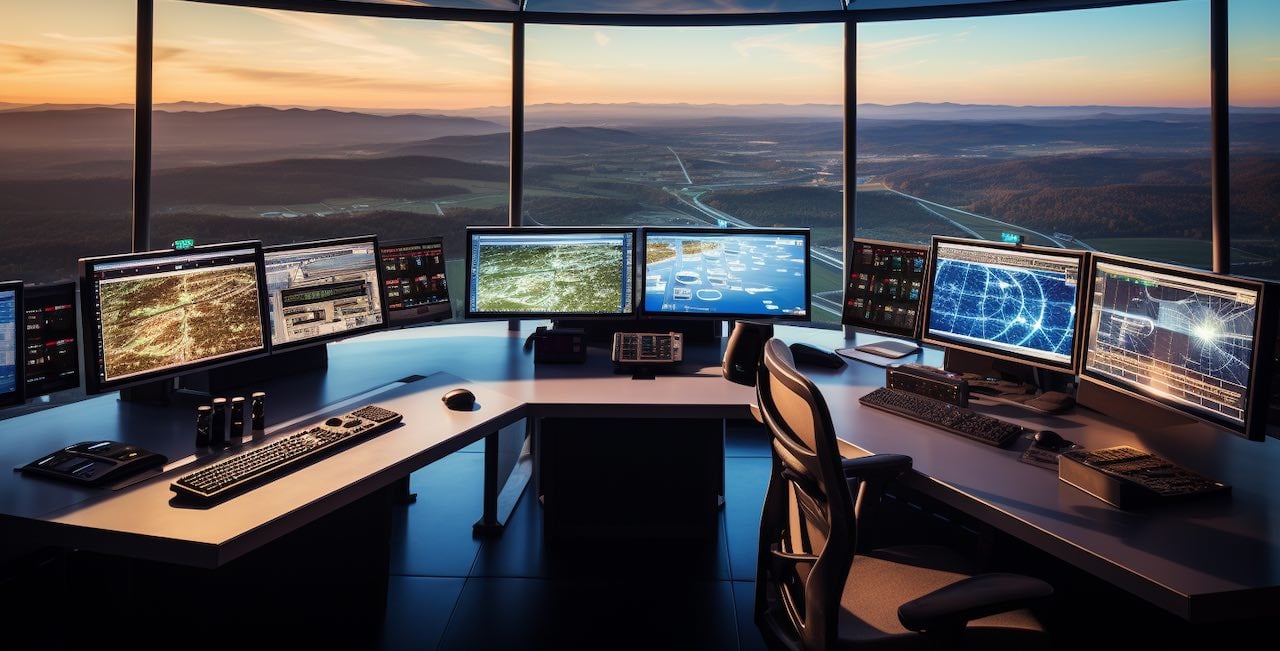Our skies, a vast expanse of blue by day and a tapestry of stars by night, are more than just a picturesque vista. They are the stage for a meticulously choreographed ballet of aircraft moving from one destination to another.
So what makes this show go off without a hitch? Air traffic control, that’s it! Let’s delve into this fascinating world and discover its inner workings.




